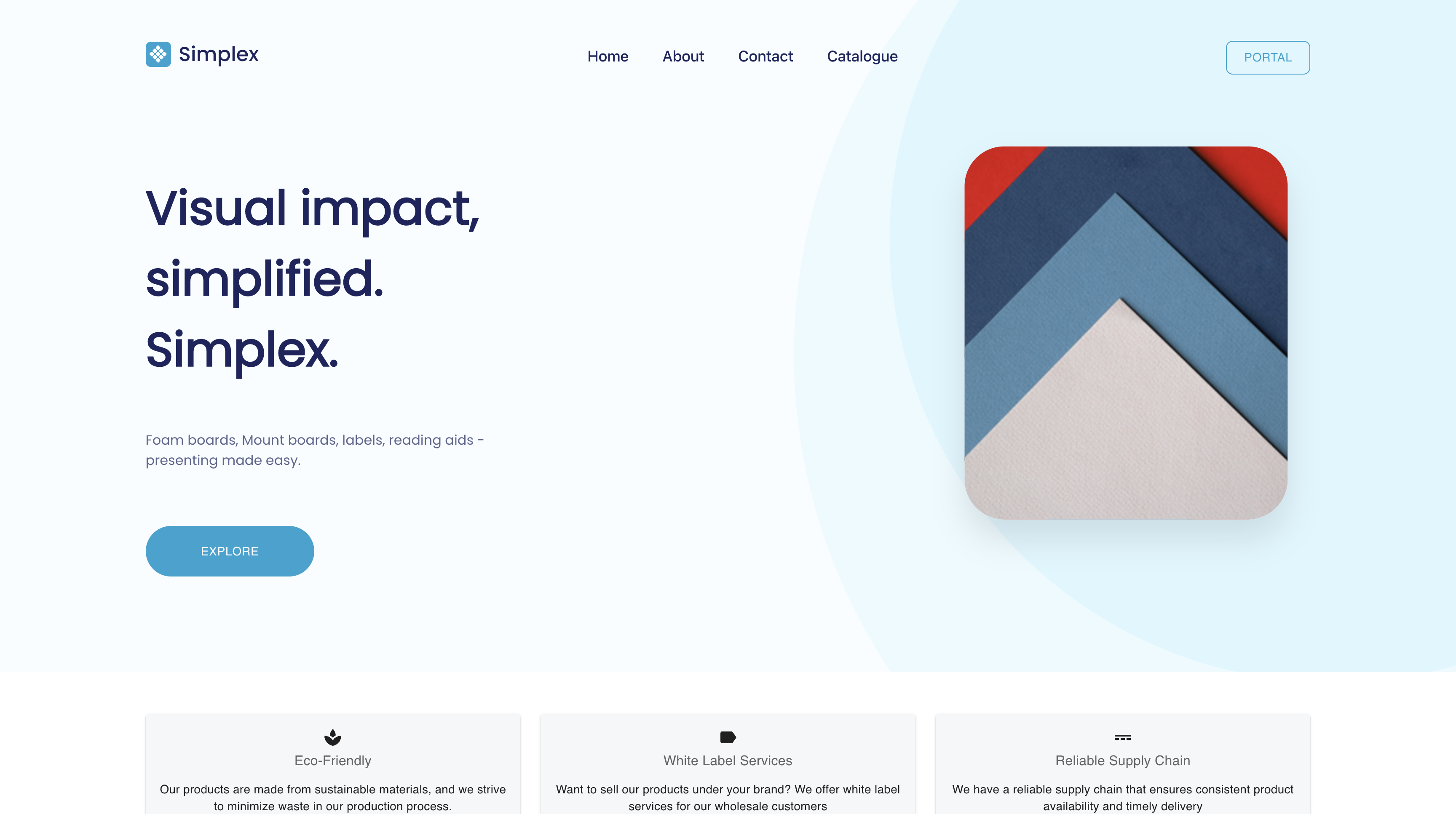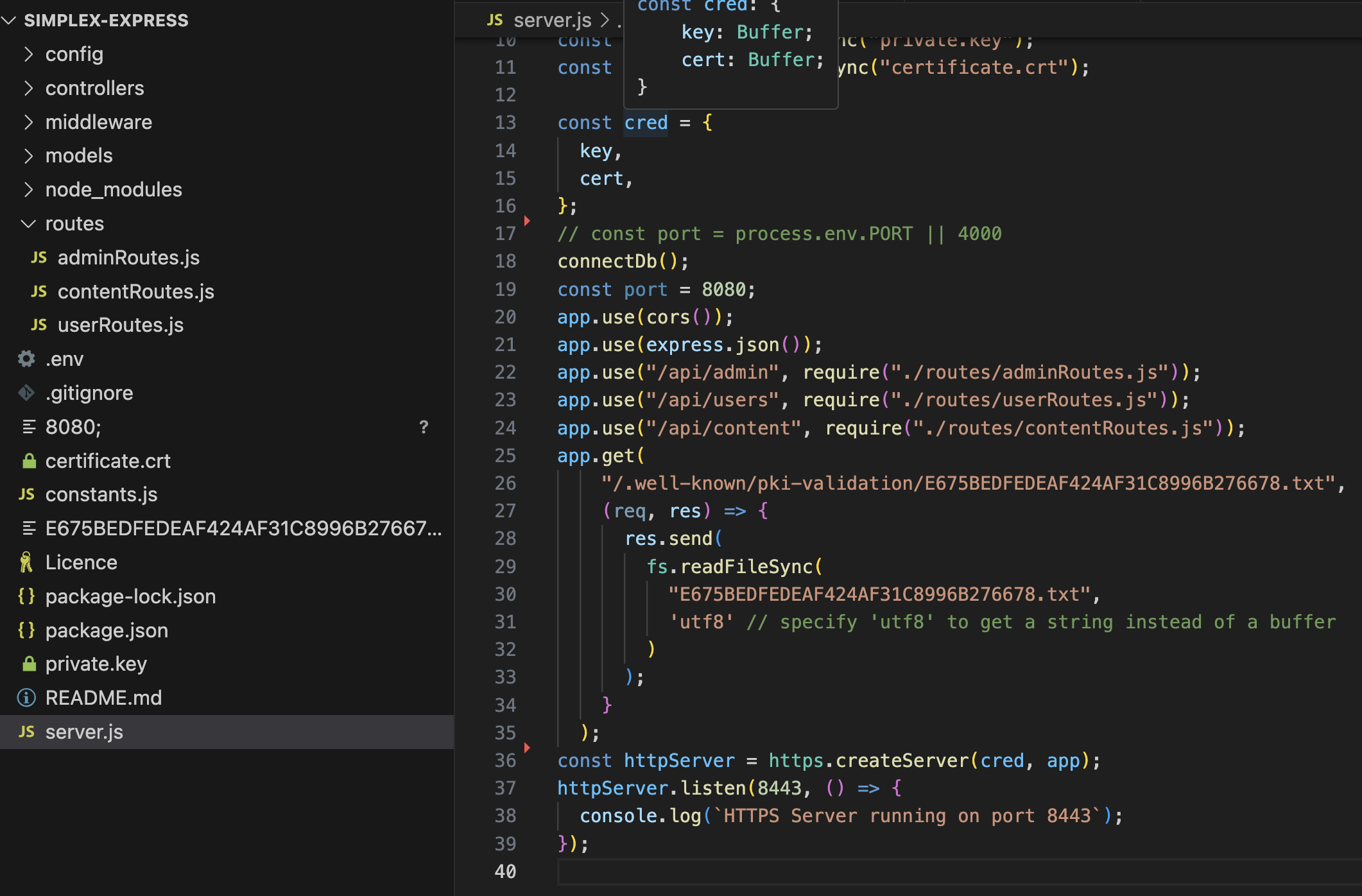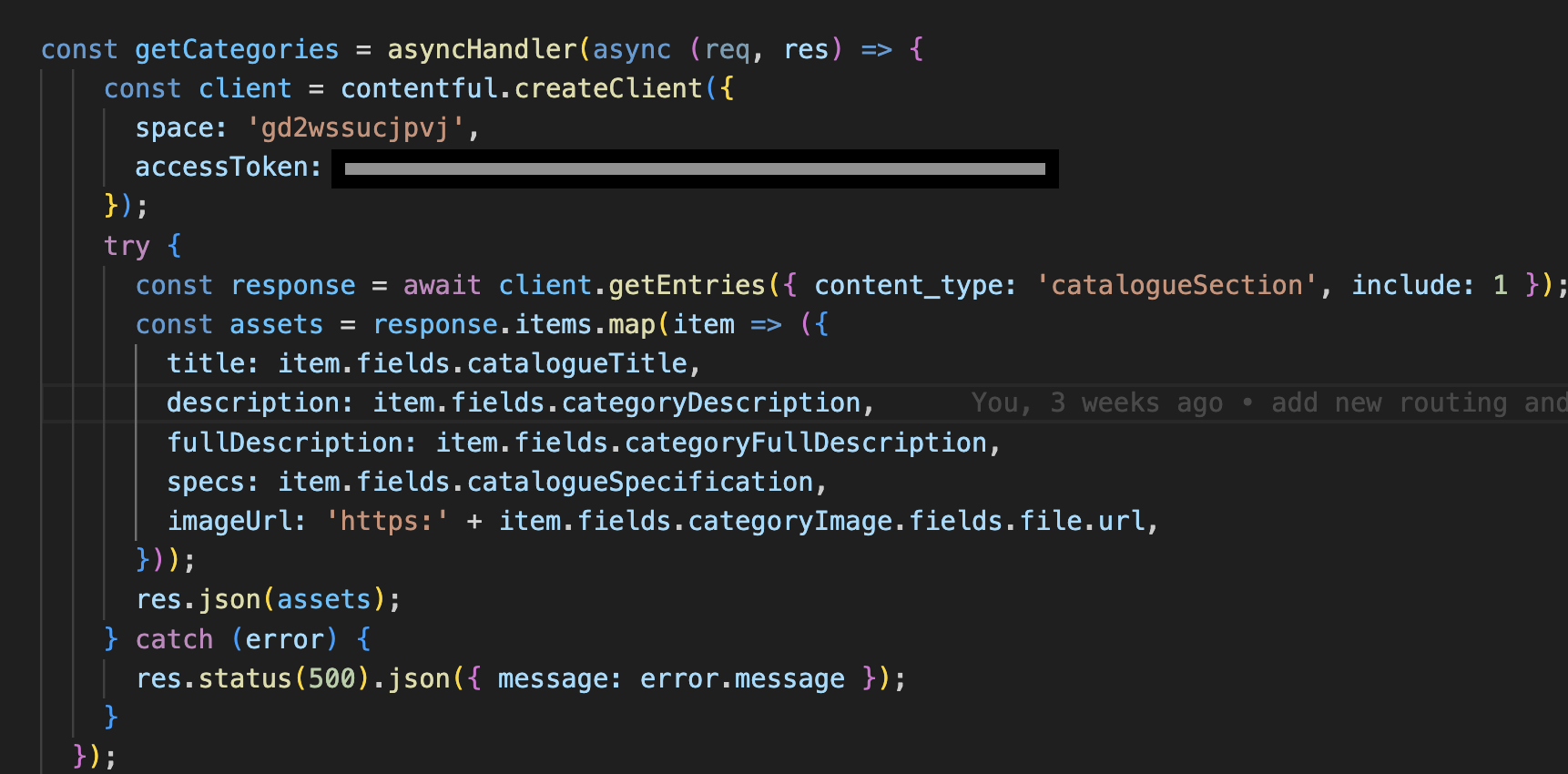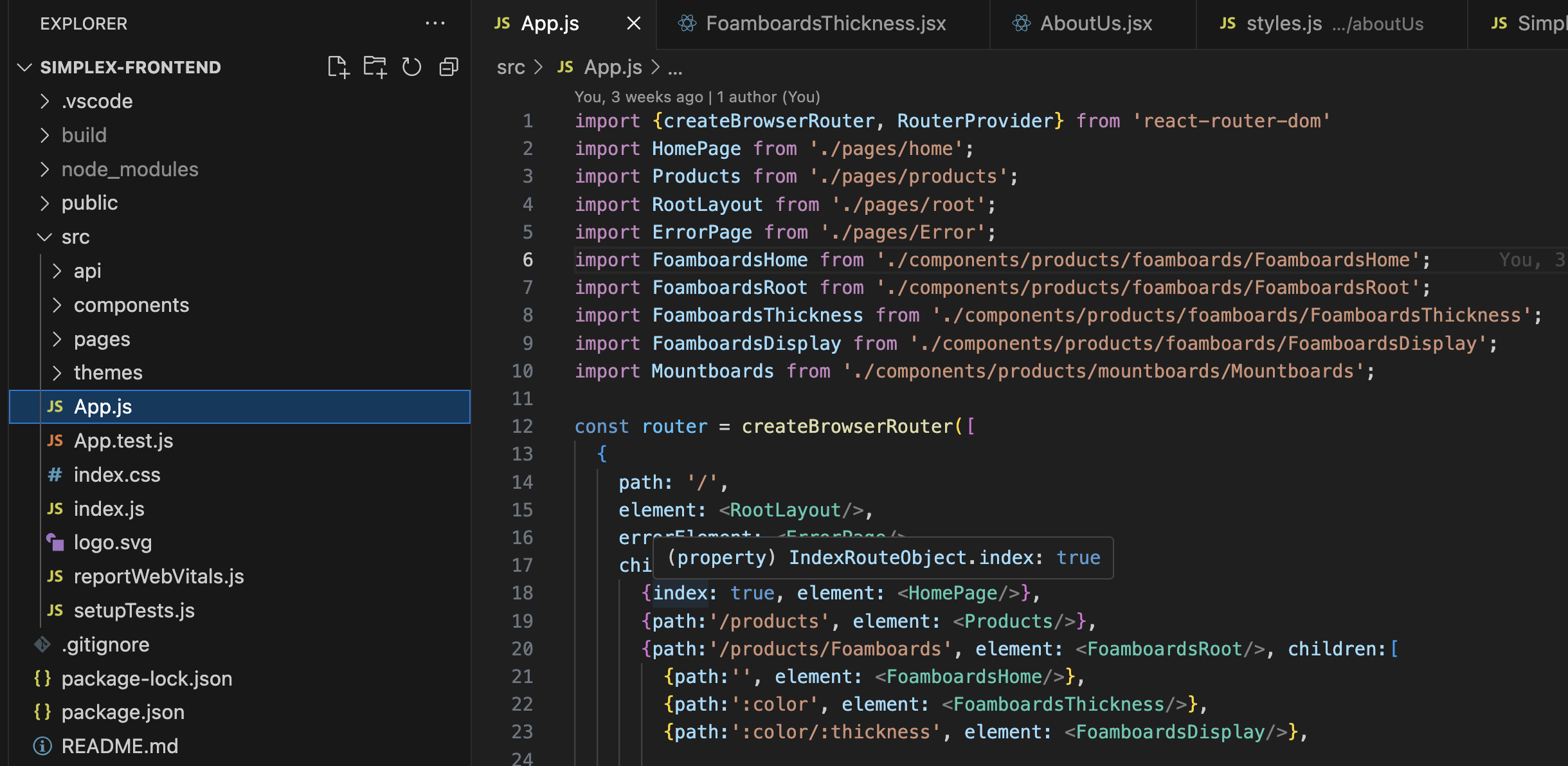Full-Stack Journey: The MERN Stack
Full-stack Journey: Learning Fullstack with JS

MERN
And using JS ....?
Coming from a "purist" backend background, where all you talk about is OOP vs FP and constantly ******* on JS, for obvious reasons I never really had Javascript in my scope of learning. Yes, I always knew front-end was a needed skill for some Full-stack projects but never really thought much of it... Until I got put into a front-end team on my graduate scheme.
I started learning some React and quickly realized that it's not too bad (shout-out Tony.) You start to realize that using these heavy languages isn't needed for small e-commerce websites. Using Java for a small project is just beyond overkill so I looked for an alternative. I thought about learning Go, but would have to go through the effort of learning a new language and all the frameworks that come with it. Meanwhile, my current learning list consisted of MongoDB, Express, React, Node.js, and GraphQL, and found that this stack (MERN) was by far the most simple way of developing a quick and easy project. My codebase could be written all in JS so no context switching and development time is relatively quick.
What is MERN
In a nutshell - a stack that consists of:
- MongoDB
- Express
- React
- Node
My first project

The technical stuff
Back-end
 After going through what felt like 100 hours of tutorials and working on a few bits at work it was time to get stuck right in. And surprisingly, it wasn't too bad. I started with setting up MongoDB, made a few simple crud functions, and started from there. I used JWT for the authentication and Mongoose to connect things up. It was surprisingly similar to using Spring JPA. I set up some user routes and some admin routes which allowed modification with special privileges.
After going through what felt like 100 hours of tutorials and working on a few bits at work it was time to get stuck right in. And surprisingly, it wasn't too bad. I started with setting up MongoDB, made a few simple crud functions, and started from there. I used JWT for the authentication and Mongoose to connect things up. It was surprisingly similar to using Spring JPA. I set up some user routes and some admin routes which allowed modification with special privileges.
 For content, I had to think about things differently. This was my first time creating an e-commerce site for anyone so content management was an important thing to think about. Contentful had a decent free tier and some good existing node libraries. Also, it was mentioned a few times at work so I thought it was a good option, and so far I've had no problems. Once I had that sorted I made some content routes for delivery which would allow the client to upload products and descriptions and it would map them to the page. It was fairly simple to be honest, where you just make the call using the contentful node package, then destructure the response and forward it through to the front end.
For content, I had to think about things differently. This was my first time creating an e-commerce site for anyone so content management was an important thing to think about. Contentful had a decent free tier and some good existing node libraries. Also, it was mentioned a few times at work so I thought it was a good option, and so far I've had no problems. Once I had that sorted I made some content routes for delivery which would allow the client to upload products and descriptions and it would map them to the page. It was fairly simple to be honest, where you just make the call using the contentful node package, then destructure the response and forward it through to the front end.
Front-end
 For the front-end I used React. It was the usual React stuff using react-router-dom for client-side routing and creating SPAs and also used auth-kit for authenticated user routes. The main challenge here was to make the pages more dynamic as I would usually just create a load of components and a load of pages. Another struggle was creating a more dynamic interface and making things more fluid for mobile browsing. I decided to use MaterialUI for a lot of the components and tweak them to look less generic.
For the front-end I used React. It was the usual React stuff using react-router-dom for client-side routing and creating SPAs and also used auth-kit for authenticated user routes. The main challenge here was to make the pages more dynamic as I would usually just create a load of components and a load of pages. Another struggle was creating a more dynamic interface and making things more fluid for mobile browsing. I decided to use MaterialUI for a lot of the components and tweak them to look less generic.
How was it all?
To sum things up, it was super quick to develop and easy to deploy on AWS and Netlify. Although it took a lot of online research, and still don't know if I have done things the right way, I got it done way faster than I would using any other stack. Not everything has to be super complex and thinking about the client's requirements for a small-medium sized business with uncomplex needs would usually result in Mern being the go-to stack.